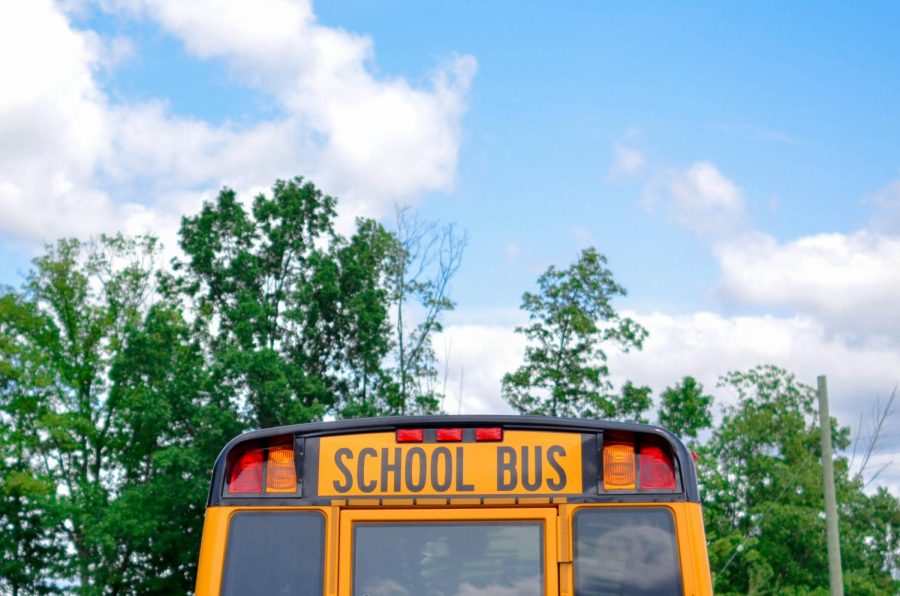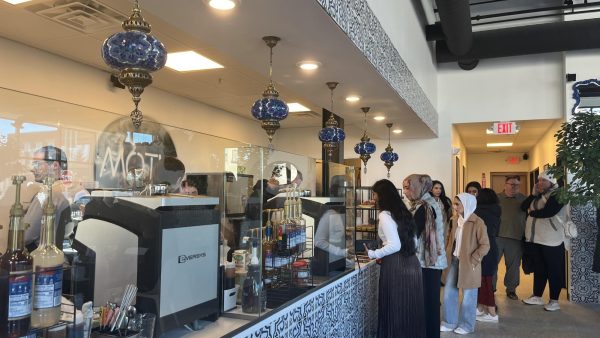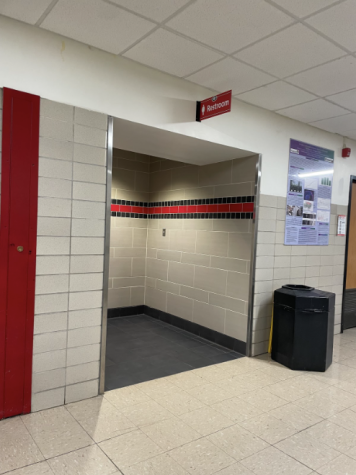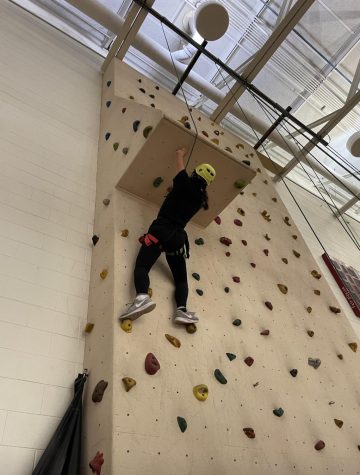Gap between activities puts athletes at disadvantage
It is a Tuesday, and for Breonna Ware that means in-person learning. Her commute is around 20-30 minutes. She goes to school for only four periods. Breonna gets home from school, waits for her grandma to pick her up, and then goes right back to East, which has green-lighted some sports including cheer, the sport that Breonna is in.
In total, this is an hour of driving just to get to cheer practice and back, a burden complicated even further by her family’s transportation problems—her dad works during that time, so her grandma, who does not live with her, has to drive her back and forth.
This just adds stress to her already demanding schedule. To eliminate this transportation issue, one which unfairly targets those who live the furthest away from East, students must be allowed to stay at school in between classes and extracurricular activities.
Breonna’s routine is a common occurrence for athletes at Glenbard High Schools this year due to COVID-19 regulations. The district has prohibited hybrid students from staying in the building in-between school hours and extracurriculars.
Because of this, students have to leave the school only to return a few hours later. While at home, students must eat their lunch quickly and get ready for their sport. The drive to Glendale Heights can take up to 45 minutes, which means that many students are spending more than an hour on the bus round trip.
The added commute is a waste of time that could be devoted to doing homework, studying for an important test, or eating lunch. The space between 12:30 and 2:30 pm was originally designed to be a time for students to work on assignments or tests and meet with teachers to help them do well in school. But if athletes have to commute back and forth to school in that time, it defeats the purpose of setting aside a specified time for students to focus on schoolwork, hurting struggling students’ chances of getting the help they need.
Furthermore, some students eat at local establishments like Zac’s or McDonald’s in between school and sports. At the restaurants, students will not be wearing masks and may not social distance from others, spreading the virus to community members and other students when they return to the building. By limiting interactions between school and activities, the school can cut down the students’ potential community exposure
Of course, athletic practices themselves do not come without some degree of risk. Different sports teams use the same locations to practice and play against other schools, often at overlapping times. For example, the field house is used by the badminton, dance, cheer, and basketball teams without cleaning in between. But by keeping student-athletes at East between school and sports hours, athletes with COVID would only spread it to other athletes that they interact with on a daily basis. This way, Glenbard East is completely responsible for and in control of safely managing its students’ exposure during school and athletic hours.
In order to properly arrange students into smaller groups, the school should divide their respective teams into large areas like the field house, library, cafeteria, and the auditoriums. This way, students can social distance while eating their lunch. Students can all face one side of the room so that when their masks are off while eating, they are not facing a person.
During this asynchronous learning time, the school can provide supervisors to watch the students. Unfortunately, coaches are not allowed to double-dip in both teaching work and coaching duties, but East employs plenty of faculty to supervise. They would need to be paid extra, but it is worth the sacrifice to solve students’ scheduling woes and, by extension, facilitate academic improvement.
Nevertheless, some students live close to Glenbard East and enjoy eating lunch at home, so the administration should make it optional. To sign up for this option, athletes could simply fill out a google form with the days needed to stay at school. This would help keep track of the number of students staying.
However, we know that many students live up to 45 minutes away by bus. Glenbard East students are disproportionately disadvantaged by this rule out of all Glenbard students.. For example, while students at Glenbard West who live a block away could travel home and back quickly, it is not the same for East students. It is inequitable for the large population of students living in Glendale Heights.
The school’s current policy puts many students at a disadvantage in transportation, robs them of precious work time, and prevents some from participating in sports altogether. If Glenbard truly wants to be an equitable school district, it must abandon this policy of preventing student-athletes from staying at school.
The Editorial Board is an anonymous group of students who contribute opinions about local issues to the Echo.








